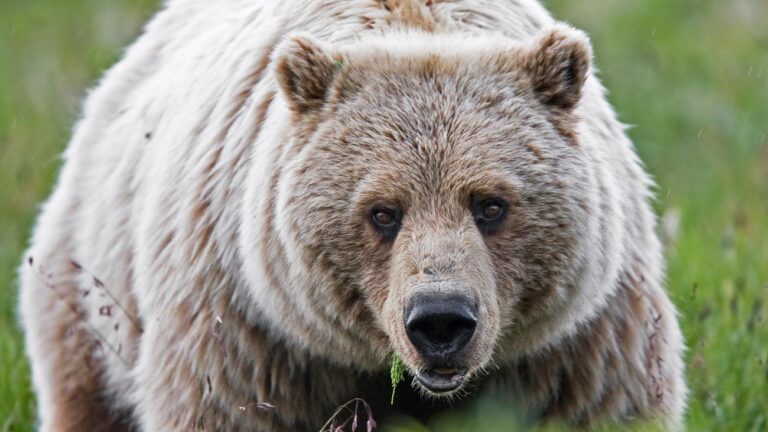The bear, with its formidable presence and complex symbolism, has captivated the human imagination for millennia. From the cave paintings of prehistoric times to the elaborate canvases of the modern era, this majestic creature has served as a powerful muse for artists and storytellers around the globe. “The Bear as Muse: Inspiring Artists Throughout History” delves into the bear’s influential role in folklore, mythology, and art, uncovering the myriad ways in which these creatures have been depicted and revered.
The Bear in Mythology and Folklore
Across different cultures, the bear has been a symbol of strength, courage, and survival. In Norse mythology, the bear was sacred to Odin, the god of war and wisdom, embodying the fierce spirit of warriors. Native American tales often portray the bear as a guide or a healer, highlighting its wisdom and medicinal knowledge. These diverse representations have not only enriched the tapestry of world folklore but also inspired countless artists to incorporate these themes into their work, blending myth with visual splendor.
Artistic Interpretations Through the Ages
The bear’s thematic richness has found expressions in various artistic forms throughout history. Renaissance artists depicted the bear in naturalistic settings, emphasizing its power and majesty. In contrast, Romanticism focused on the bear’s solitary nature, using it as a symbol of introspection and the sublime. These interpretations demonstrate the bear’s versatility as a muse, capable of conveying a wide range of emotions and ideas.
The Bear in Contemporary Art
In contemporary times, artists have continued to explore the bear’s symbolism, often addressing themes of coexistence, environmentalism, and the loss of natural habitats. Through various mediums, from painting to sculpture, contemporary artists challenge viewers to reflect on the relationship between humans and nature, with the bear often serving as a poignant emblem of this dynamic.
Reproductions of Bear-Themed Paintings
The fascination with bear-themed artwork extends beyond original creations. High-quality reproductions of famous bear paintings, such as William Holbrook Beard’s “Dancing Bears,” continue to captivate art enthusiasts. These reproductions allow a wider audience to appreciate the intricate details and emotional depth of the original works. For those interested in exploring these masterpieces, visit https://www.1st-art-gallery.com/William-Holbrook-Beard/Dancing-Bears.html.
The Bear as a Cultural Icon
Beyond mythology and art, the bear has also emerged as a cultural icon, representing national identity and wilderness preservation efforts. From the Russian bear to the panda bear of China, these animals symbolize the essence of their respective countries’ natural heritage and are often at the forefront of conservation campaigns.
Conclusion
The bear’s influence on art and folklore underscores its enduring appeal as a symbol of power, wisdom, and nature’s majesty. By examining the bear’s role across different cultures and artistic movements, we gain insights into humanity’s profound connection with the natural world. As artists continue to draw inspiration from this majestic creature, the bear remains a potent muse, reflecting our deepest fears, aspirations, and respect for the wild.
This exploration into the bear’s impact on art and culture reveals the profound and multifaceted relationship between humanity and the natural world. As we delve deeper into the stories and images inspired by bears, we are reminded of our responsibility to preserve these creatures and their habitats, ensuring that they continue to inspire future generations.

